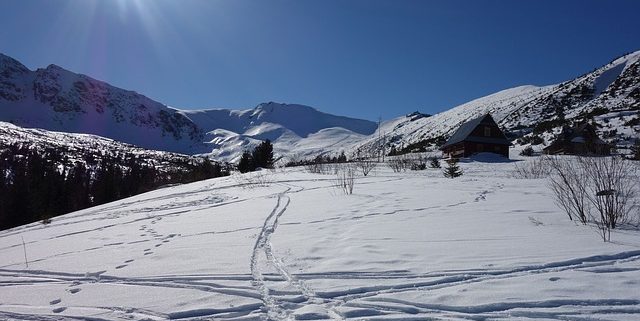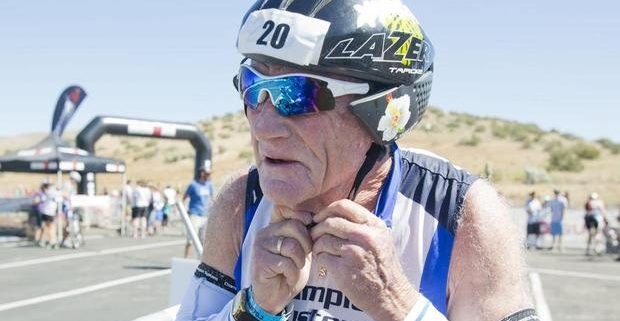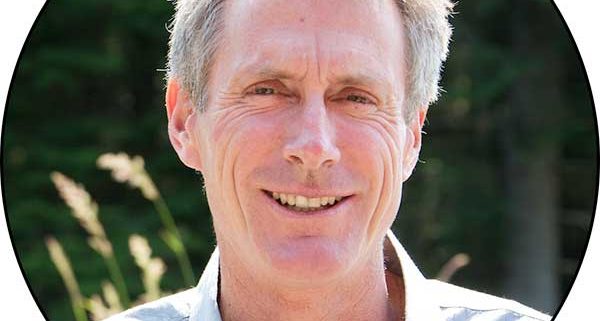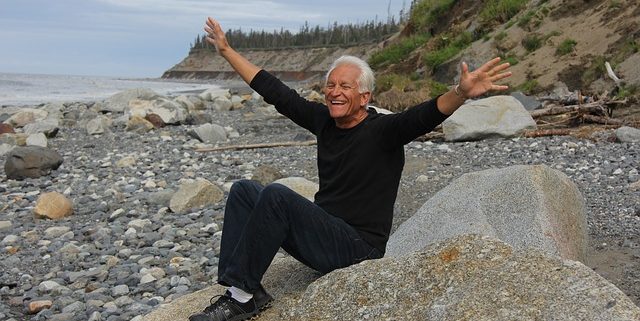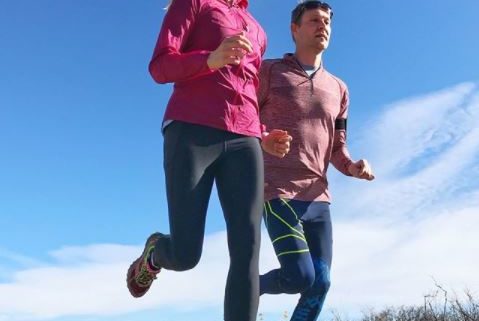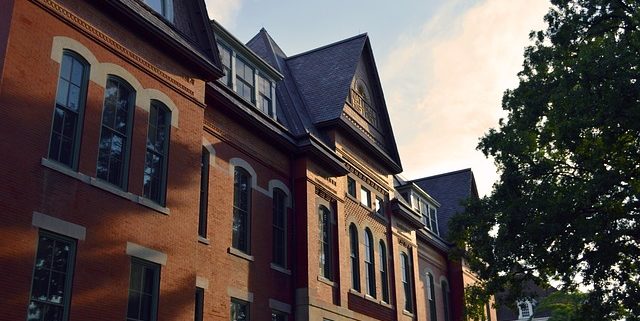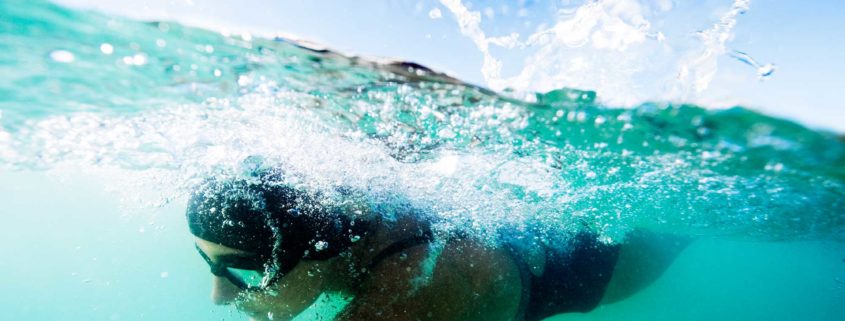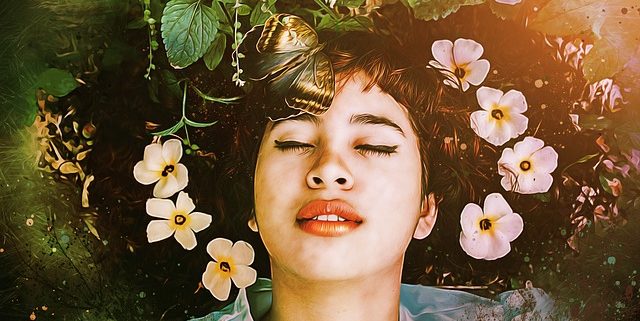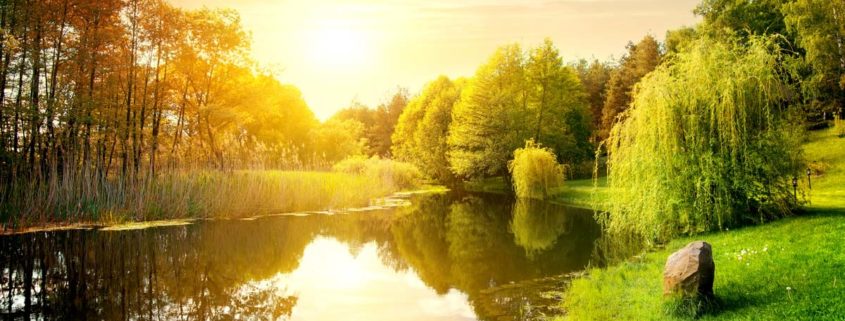DN: By way of introduction to Dream Network readers, would you be willing to share a brief autobiography? How did you get from Brooklyn to becoming a Huichol apprentice, to shaman/teacher? That’s quite a number of quantum leaps in a short 40+ years!
Brant: I used to ask Don Jose, my teacher, “Why me?” And we would say “That’s just your good luck!” Really, I grew up on the East Coast in New York and New Jersey and at about age 15 I had many dreams that I would go to Mexico. I was somehow drawn to going there and the day of my 18th birthday, I left New Jersey and hitchhiked to Colorado – where I am right now. I went to a few of the big peaks here in Colorado and kept dreaming of going to Mexico… so I went! To Ixtlan. I was kind of like a young tourist looking for Don Juan.
DN: Don Juan of the Carlos Castaneda books?
Brant: That’s the one! So I went to Ixtlan, where I met a Huichol teacher and he told me that his family village was a five day walk from the town of Ixtlan. He gave me a letter of introduction, because you have to be taken there or somehow invited. It’s private land. So, I left there, came back about a month later and decided to try and go to his family village and on the third day of my journey, I was completely lost! It was wild. I’d wandered down a deer trail – it’s not like here in America, where everything is marked, two miles to the next road. I was completely lost on this trail and started to pass out from sun exposure and dehydration. I became unconscious. The next thing I knew, there Indians were standing over me, sprinkling water on my face, telling me that the old shaman of their village had had a dream about me and hey had been sent down by him two days earlier to look for me. What was interesting is that I was looking for Don Juan and the name of the shaman who had the dream about me, his name was Don Juan. Don Juan is a nice way in Huichol to say Mr. John.
Soon after that, Don Jose, who became my teacher, also had a dream about me… and sent for me. He initiated me and adopted me into the Huichol tribe and put me through an apprenticeship which lasted twelve years. Now, I would go back and forth, I wasn’t there the entire time… but most of it. During the course of the apprenticeship, they took me to many places of power and through many ceremonies and pilgrimages.
In the beginning, he initiated me by taking me to a cave called the Cave of Grandmother Growth. She is the Mother of Creation, according to Huichol mythology. I was taken to this beautiful cave and that was where my initiation took place.
DN: After all this time, more than half of your lifetime – being so deeply involved in their ways, being adopted by them – do you identify yourself as and feel Huichol?
Brant: Yes. Absolutely.
DN: What can you tell us about your practice with personal dreams. In most people’s minds, there is tremendous emphasis put on visionary dreams in shamanic traditions, but I’m asking about the dreams that come every night , as well. Culturally, how do the Huichol integrate dream- sharing into their everyday lives?
Brant: In the Huichol tradition, dreams are the re-emergence of our life. We say that at night, we die. You go to the Great Spirit, to the realm of light and you are on your way to being reborn. And on your way to being reborn is when we dream. The dreams are very important. The Huichols have many mystical dreams, as well as what we would call regular kinds of dreams. Both are considered very important; they are like another reality being revealed through the medium of the dream. So, let’s say someone is having a problem with their neighbor, it will come out in their dream – almost, you know, like therapy – and the problem gets worked out in the dream. So, that by the time you see the neighbor, it’s already worked out… hopefully.
DN: You mean there isn’t any actual verbal sharing of the dream with that person in waking reality?
Brant: Sometimes they share but not so often. Dreaming, for the Huichols, iis a very personal matter, as well.
DN: So, when a problem with someone is worked out in the dreamtime, it’s considered to be taken care of in this reality, as well, and no further discussion is necessary?
Brant: Not really, unless it is something very personal that they want to discuss with the shaman; then they will talk about the dream. But, generally, we do talk to the Fire every morning. We wake up and make a fire and tell our dreams to Grandfather Fire. This is a family fire. Whoever wants to, in each family, can get up in the morning and tell their dreams to the Fire.
DN: Is this practiced daily, today?
Brant: Every morning it is practiced.
DN: Why of the four elements do the Huichol people share their dreams with Fire?
Brant: The fire is helpful in remembering the dream. We say that the fire’s power is wisdom and the fire is our memory. So by telling our dreams to the fire, it helps us remember dreams from the night that we may have forgotten. So, the fire acts like a mirror, helping us. The fire is like our memory and will help us to remember dreams that we may have forgotten. This is one of the techniques that I teach at my seminars.
DN: I suppose anyone wanting to incorporate that ritual in modern society would use a candle.
I understand that Don Jose, your teacher, once told you never to forget that your relatives are the earth, sky, rivers, birds, animals, stones, gems, mountains, caves, springs and lakes. How do you conduct those relationships in your daily life?
Brant: I try to be part of nature, I was taught, when I was involved in my apprenticeship, to develop my relationship with the gods and goddesses, mountains, lakes and springs, by learning to communicate with them. So, we would go out on many different pilgrimages and that’s one of the main tools we used in the art of pilgrimage or going to a place of power. In the beginning, we went in groups. Don Jose would take me along with a small group of Huichol apprentices and we would go together to places in nature and Don Jose would say ” We will learn the language of this cave, we will listen to the cave speaking in the night.” And we would leave offerings in the cave and sleep there and hopefully the cave would talk to you. Or, we would go into the mountains and would talk to the different rock people, the rock formations that are around the Huichol Sierra and we would learn to communicate with them in their language. Also, for instance, we would go to a body of water – the water is seen mostly as goddesses – and again, be offering a prayer arrow or something of that nature and we would try to learn that language, the language of water.
DN: Can you give an example from your own experience of achieving that level of communication?
Brant: In my own initiation, I was put into a cave for five days without food or water. There, Grandmother Growth, the mother of the gods, came to me and spoke to me and told me many different things.
DN: Would you be willing to share what she told you?
Brant: One thing that she told me is that I would live to be old and that I should go through an apprenticeship with Don Jose. And she came in a dream and told me how that cave used to be a gourd bowl that was transformed into a cave. Which, as it turned out is part of the Huichol mythology … but they had not told me that yet!
DN: You were told this before you knew the myth?
Brant: Yes. So, I had to go and dream the myth and then they filled in. There’s many different parts to that, which are a part of the teachings that come later… but I had to dream the first part.
DN: Then, what you were told in the dream in the cave was confirmed by Don Jose and you learned it was a part of their creation mythology?
Brant: Yes.
DN: What an incredible experience! I’d love to do this whole interview on that particular mythology; I expect the Huichol people have many mythologies. That must have been a good part of the confirmation that Don Jose needed in determining to take you on as an apprentice and engage you ever more deeply in their culture.
After ten years of going back and forth, working with Don Jose, you were told by him that you were to go out into the world and teach the Huichol way. I get the impression you were somewhat resistant, simply because of the conflict of being white, from the East Coast… and I know there’s a lot of controversy among the traditional people around this country about people receiving and teaching Native traditions, especially whites. There’s considerable controversy around this issue.
And yet, in addition to Don Jose’s instructions, you had the confirmation in a vision of your own that you were to teach the Huichol traditions? Would you be willing to share that vision, if it can be described in words?
Brant: The dreamed showed that I would be teaching people in the future. It was a whole dream and with that and Don Jose’s inspiration, we started the Dance of the Deer Foundation. Through the foundation, we offer seminars and teachings centered around what I learned over the years of my apprenticeship.
DN: Would you share why?
Brant: Basically, I had a vision where the gods came to me and told me that I would teach. Don Jose had essentially the same vision.
DN: The Huichol people have a unique way of praying by speaking to the ancestors. Teach us how you pray.
Brant: We pray to the four directions, to the ocean, to the sun, to the fire, to the eagle… and we pray to what we call the ancient ones in order that they hear our prayers and will hopefully respond to our prayers. We pray out loud. Most tribal people pray out loud, calling to the spirit so that they can heat our voices. Hopefully, they respond when they hear us pray out loud. The Huichos like to pray like that, especially around the fire. We usually pray in the morning, unless you are at a ceremony and then, it’s anytime. It’s very beautiful, like a symphony.
DN: All the people praying together and saying different prayers? I’ve experienced that.
One of the most outstanding characteristics of the Huichol people for those of us who have had any exposure to their ways at all, is your unrelenting joy and happiness. I hope you have fully adopted that way of being. What is the secret of Huichol happiness?
Brant: Happiness and sadness are the same, only happiness makes you feel better. So, we say, why not be happy! The Huichols just love to joke, from the time they get up to the time they go to bed. I think the secret is that we have self confidence and good self esteem. We, of course, have many problems just like everyone. We also feel that we are helping to keep the earth stay in balance, by making a ceremony for the well-being of the earth, the sky, the sun, the water and the rain. Doing this brings about a sense of well being and when we have this, we can just joke around. We love to joke around. We also believe that it’s healing for the spirit.
DN: That’s been proven in modern medical science, as well.
Brant: When you are happy like that, when you laugh during the day, then you have a good dream at night, according to traditions.
DN: Does dance play a role in your way?
Brant: Yes. the dance that we do, the dance of the Deer, is like trance dance, which produces a feeling of ecstasy and well being. At the same time, we are dancing our thoughts, our prayers, into Mother Earth. We say we are dancing on the altar of Mother Earth.
DN: The Deer is integral to Huichol culture. It is also your totem animal?
Brant: Yes. It’s the totem animal for all the Huichol people. It’s the heart… so, what most would call the heart, the Huichols call the deer; what most would call intuition, the Huichol call the deer. And the deer is also known as the lord of dreams, the one who brings you a dream, an intermediary between people and the ancient ones. So, the deer is like the heart or what we would call our Higher Selves.
DN: And from that heart-space, you have been directing the Dance of the Deer foundation… all around the world? And are dreams an integral part of your teachings?
Brant: Yes, to the first question and yes, we use dreams quite often, doing the dream exercises each morning. We show how to purify and work with the dream around the fire. If anyone is interested in shamanism – they have to be into dreaming. You can’t separate them. Dreaming is an integral part of my work, that is why I was so happy to see the Dream network. Dreams can really help all people. We don;t have to be from any one culture; everybody has dreams, no matter whether we are Indian, African….or whatever. Everybody is dreaming and we can dream these symbols alive, like the symbol of circle or figure eight.
DN: Some of the universal symbols we all share, collective symbols?
Brant: Yes.
DN: May I do something unusual for an interview and share with you a dream I had on New Year Day?
I am in an unfamiliar setting and am being prepared to receive the embryo of a deer. I am being opened to receive the embryo of a deer, I can see it.
That’s the dream.
Brant: Well, my first response is that you are that little deer. That was you. In my experience, the embryo represents new beginnings and so does New Year. Yourself opening up to the spirit heart and intuition.
DN: I have also connected the sweet medicine animal attributes of trust and innocence to the deer I carry. It’s a dream that I treasure. Thank you for allowing me to share.
As we come to closure, are there any other perspectives about dreaming that you would like to share?
Brant: Dreaming is a time where one can really get into contact, because when we’re awake, our rational mind is working. And if we start hearing a stone, most people will freak out! They’ll think “This can’t be true; I can’t be hearing a stone, I must be going crazy!” Most people can’t handle that, even if they’re on the path. When they really get a vision like that or communication with a non-human life form, it’s very difficult for them to accept. Whereas in a dream, we are totally open. That’s the beauty of the dream world. It’s a whole other world where we really are free. In the dream world, we can really come into contact with the stones, the birds, we can fly! In normal life, we can barely walk. We humans can transform into animals and then change back. In that way, the dream world takes on an important objective, really, to let us go into another reality and not worry about it.
DN: Then, on your path, the dream world is as valid as waking reality?
Brant: Yes, it is. We Huichols emphasize that, we say, “We are poor and we have nothing, but we dream! In dreaming, we are as free as the light.”
DN: Gracias, Brant. Hope we’ll go into depth about Huichol mythologies, soon.

